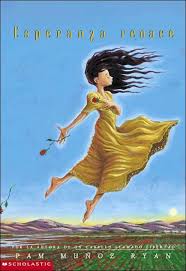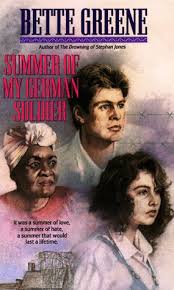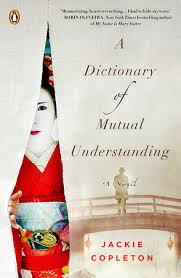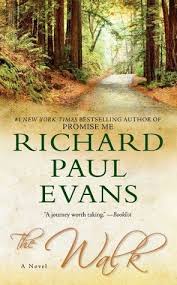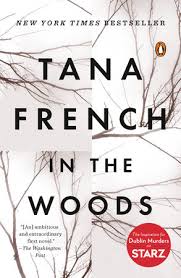
Rascal
Sterling North (Juvenile Biography)
One pleasant afternoon in 1918, eleven-year-old Sterling North, along with his Saint Bernard, Wowser, and friend, Oscar Sunderland, were in Wentworth’s woods. There, in the hollow base of a rotten stump, hid a mother raccoon and her litter of four kits. Angered and frightened by Wowser’s intrusive digging, mother and kits darted to safety, but not before Oscar was able to capture one of the kits in his knit cap. On that May 15th day, young Sterling had no idea that this incident would mark the beginning a very unusual and special friendship. A friendship filled with irresistibly shiny things, strawberry pop, sweet corn, music, crayfish, and a no-good rotten bully by the name of Slammy Stillman. The next twelve months would be a year that young Sterling would never forget.
Rascal received a Newbery Honor in 1964 and is Sterling North’s memories of growing up in southern Wisconsin from May 1918 to April 1919. It would be a time marked with his brother, Herschel, serving in World War I, Armistice Day, and the Spanish influenza, which claimed more lives in his beloved town of Edgerton (referred to as Brailsford Junction in this book) than the war. North was the youngest of four children. His father was a successful landowner and his mother died when North was only seven. In Rascal, North describes a time when front doors were never locked, neighbors looked after one another, family and good health were your most prized possessions, and all it took to make young Sterling North the happiest boy in the world were his bike, his pet raccoon sitting in the front basket, and the wind in your face as you barrel down a hill at top speed.
Some reviewers of North’s biography call it a story about friendship while others say it is a journey dealing with loss. I found it to be more a love letter written to two mothers: Sterling’s own beloved mother, Sarah, and Mother Nature herself. North is exactingly detailed when he describes the beauty and splendor of wildlife, the complexities of the various plants, and the science behind selecting the perfect bait when fishing. Younger readers may find these sections a bit tedious (as they’re probably more anxious to read about Rascal than river trout), but it is a clear reflection of the awe and respect that North has for the world around him and how these observations directly connect him with a mother that he barely had time to know. He sees his mother in every bud and hears her voice with every new discovery. Mother Nature is, in effect, his own mother reaching out and embracing him and these moments are truly heartwarming and comforting.
During the Christmas of 1918, Sterling’s Aunt Lillie asked him what profession he was thinking about pursuing. After discounting his desire to become a doctor, his aunt suggested that a writer might be a more suitable choice, as his mother might have wished this vocation for him. After Sterling questioned her about it, she explained, “And then you could put it all down…the way it is now…case weather, the fog, the lantern light…and the voices of the men—hear them—coming in for breakfast. You could keep it just like this forever.” Lucky for us, young Sterling listened to his aunt and by doing so, allowed readers to keep him, Rascal, and Brailsford Junction, just like this, forever as well.
Rating: 5/5
*Book cover image attributed to www.goodreads.com
**Want more? Visit our Facebook page at www.facebook.com/thedustyjacket



